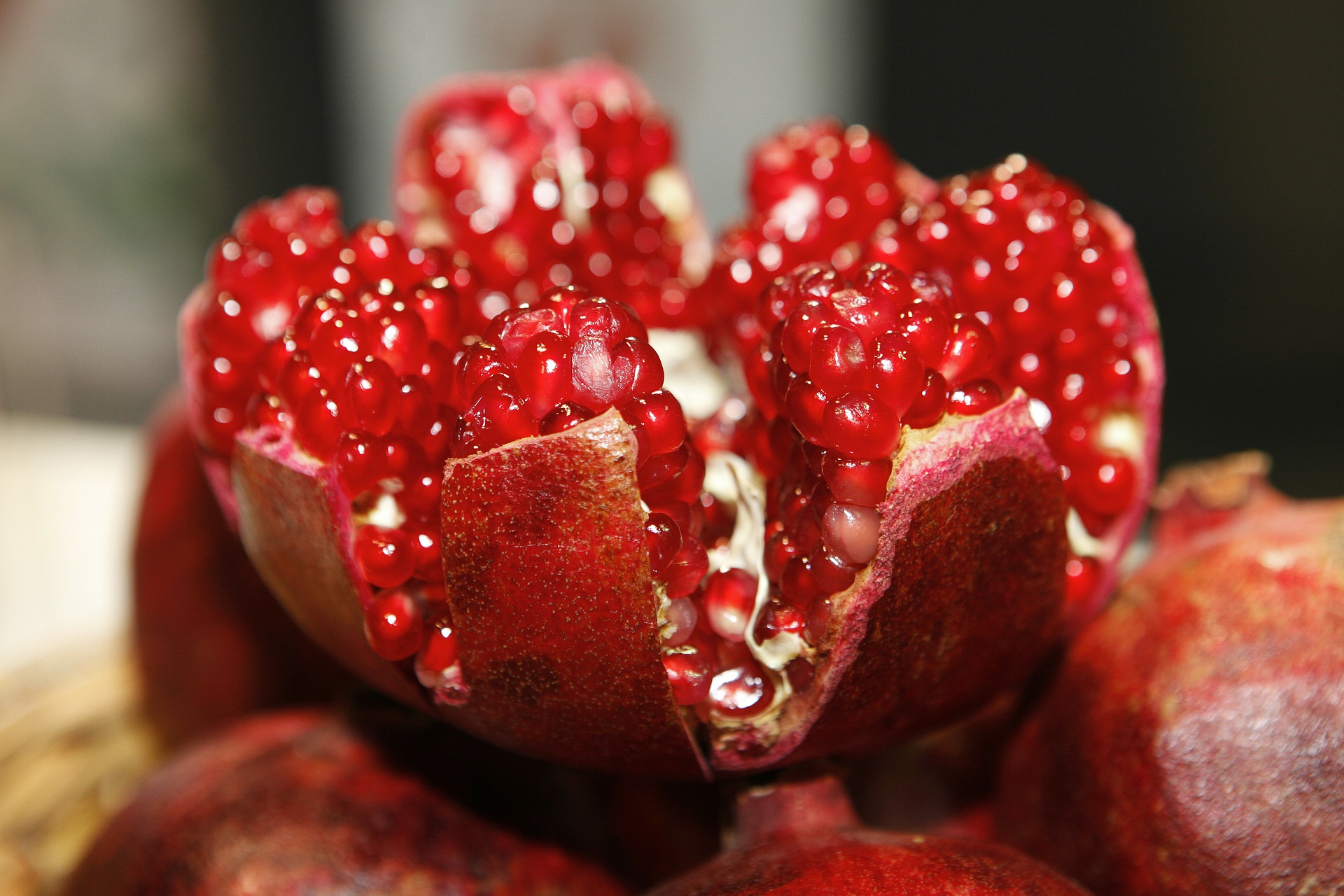Food System in Era of COVID-19
Coronavirus (COVID-19, created by the novel coronavirus SARS-CoV-2) is a highly contagious disease that was identified in mid-December 2019 and was declared a pandemic by the WHO on March 11, 2020. (Wuhan, China). Symptoms such as COVID-19 fever usually appear 5-6 days after infection and include cough, sore throat, fever, muscle and body pain and loss of smell or taste in some cases. The consumption of foods rich in vitamins and of functional foods can boost the immune system to help fight off viruses. For instance, Ascorbic acid (vitamin C), vitamin A (retinol, retinoic acid, and β-carotene), herbal and Chinese medicines (ginseng root) have been used to help in the treatment of viral diseases. High levels of urbanization and global trade in trade and travel have contributed to the spread of the virus worldwide.
The Global Report on Food Crises 2020 found that 135 million people in 55 countries and territories are facing food insecurity at a “crisis” level or higher.The federal government and the National Accountability Bureau in Pakistan are taking strict actions against wheat and sugar hoarders. Onion and tomatoes exports were officially banned from the end of February until 31 May 2020. According to the Pakistan Bureau of Statistics, the Consumer Price Index (CPI) increased by 8.2 percent between May 2019 and May 2020. An analysis of average prices during this outbreak of COVID-19, the price increased were; wheat flour per kilo 13.3 percent, IRRI (regular) and basmati rice 8.8 percent, pulses prices have increased substantially, both beef and mutton 5.3 percent, fresh milk 3.4 percent and the chicken and eggs 28.5 and 20.3 percent respectively.
Mango exports are expected to decline by 40 percent this year because of the lockdown of sea and air routes. There has been also a negative effect on cotton producers. According to estimates by the International Labour Organization (ILO), 2.9 million salaried workers are at risk due to the restrictions imposed by government. Last March, the United Nations allocated US$2 billion to the COVID-19 Global Humanitarian Response Plan, which aims to enable organizations such as WHO, UNICEF, and WFP to reach more vulnerable communities and provide them with food, water and sanitation and vaccines, as well as COVID-19 test kits and medical equipment.
Written by: Namrah Shahzad



